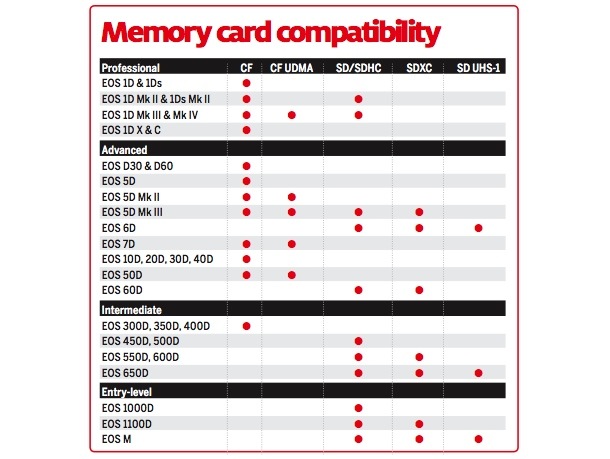If you do not back up your photos then why wait till your computer dies, just punch your hard drive right now. It is inevitable, computers do not last forever and they can stop working rather unexpectedly. If we all knew exactly when our computers were going to die then there would be no reason to back them up, we’d just transfer all our data to the next computer and bury the old one out back with Ralphie the pet goldfish your kid won at the carnival.
Chances are you probably have hundreds if not thousands of photos on your computer (probably not organized) and begging to be backed up. It’s time to get your stuff together and organize the heck out of your files. You don’t have to spend a fortune either, the price of digital storage is falling everyday. Here are a few of the most cost-effective and efficient ways to back up your photographs.
Home Storage
Your home should be where you are able to backup and store your photographs, you should feel confident that nothing short of the Rapture will be able to erase your precious memories. The Seagate Slim 500 GB USB 2.0 Portable Hard Drive for Mac (the PC version is here) is the most you should ever spend for backing up your photographs. At $80 ($90 for the Mac version) you’ll be able to back up your images at blazing fast USB 3.0 speeds. This should be the foundation to your backup solutions, the device can even be set to make a copy of your images as you upload them to Facebook, flikr, and YouTube as you upload them via your phone, computer, or iPad. The Seagate Slim can be connected to your WiFi router so you can create your own “cloud” where you’ll be able to save files to from any computer as well as access the same files from any computer.
- It’s as thin as a pencil and light
- 500GB for under $100 is a bonus
- It’s USB 3.0 which is the fastest (mainstream) you can buy
How much can 500GB hold?
500GB can hold up to 100,000 photographs (at about 3.5mb each), about 38 hours of video (in the DV format of 25mbps), and 125,000 songs (if they were all 4 minute long MP3s). It’s a crap ton of storage you’ll be able to use for years and years to come. By the time you’ve filled this up the price of 500GBs will probably be far, far less.
If you have a photo organization program then you will most likely be able to automate your backup process. Programs like Adobe Lightroom have the ability to be configured to automatically download your images from your camera’s memory card to your computer and another backup destination like your external drive.
On Site Backup
Here is where it gets a little tricky, there are many different options and none of them are fool-proof. You can drop $300 plus on a SD card reader, that is basically an external hard drive you can plug your camera card into while on the go, or you can do the smart and prudent thing and buy yourself multiple SD cards and don’t throw out the little plastic storage case that comes with them. I highly recommend staying away from the 32GB SD cards and opt for a bunch of 8GB or 16GB cards so you can take some photos, put the card in its case and then into your bag, put a new card in and repeat. This will save you money and the chance of breaking your $300 SD card reader while trudging through the forest hunting down great photographs.
If you decide to go the SD card route then don’t settle for anything less than class 10 (the speed at which the card and read and write data). Most websites will tell you that class 6 is fast enough for most DSLRs but why settle for just enough. In a couple of years cameras will be faster, computers will be faster and your class 6 cards will be antiquated, future proof yourself. The best SD card that I have found is the PNY Professional 8 GB Class 10, it’s compatible with all makes of camera that I own and I’ve never had any issues with them. They are cheap on Amazon, you’ll pay two to three times as much at a brick and mortar store like Best Buy or Wal-Mart.
Another option you have is to bring your computer or iPad with you to back up as you shoot. I sometimes opt to bring my iPad with me because it fits nicely into my backpack and I can preview the images if I find something I really want to get right, the little LCD screen on your camera is garbage for this. If you decide to go this route and you don’t own an iPad then I suggest you get your camera and take some really great photographs, enter into our contest, and win one. If you already own one then you will need the camera adapter kits to plug your SD cards into them and transfer all the images, if you have the newer iPad with the tiny little connector then you’ll need a different camera connector piece than the iPad 1, 2, and 3 (just the iPad mini and the 4th generation iPad need the smaller connector).




